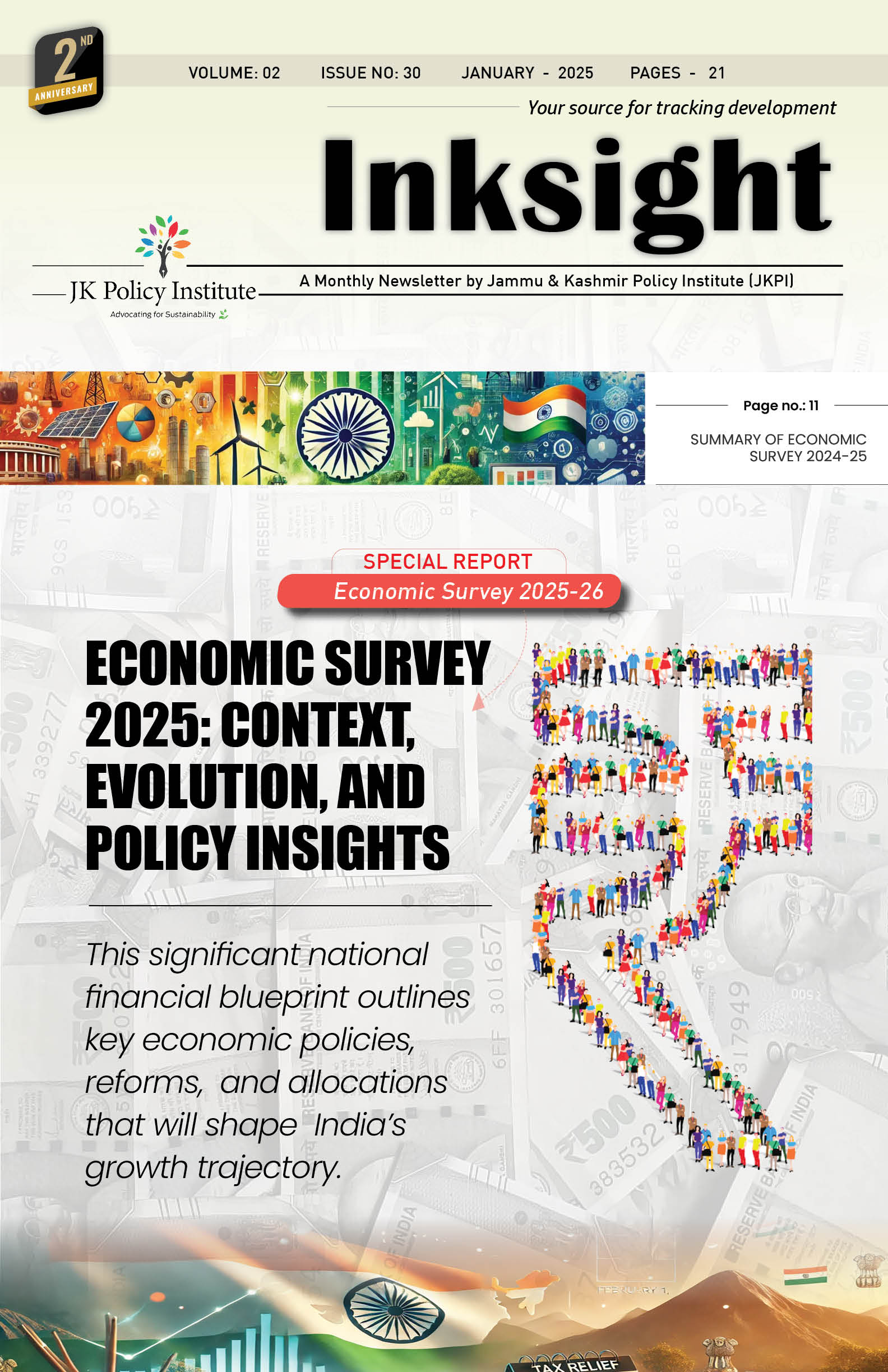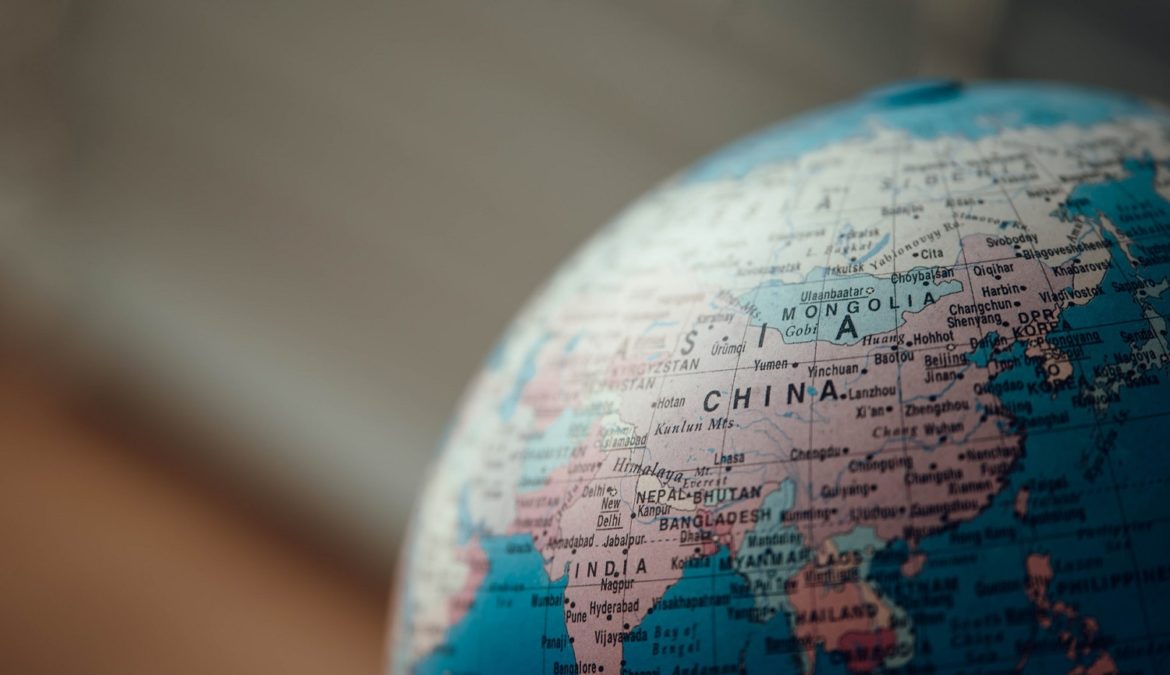The heightened tensions at the Sino-Indian border at the far end of the arid desert of Ladakh has sent ‘’war words’’ across. Even Nepal border gave rise to a ‘tiff’. Borders with Pakistan have turned bloody. Now, China has claimed a major portion of Galwan valley. Whose failure is it? Javaid Trali and Touseef Raina tell us the answers.
Border skirmishes with rivals are not uncommon. With tensions mounting between India and China for the past few days, the belligerent statements emanating from certain political groups and media in both countries make a dangerous cocktail of jingoism and unrealistic expectations.
Interestingly, as is always the case in such situations, both countries are blaming each other for violating the Line of Actual Control (LAC), the de-facto border separating them in India’s north and the latter’s south. Both claim that it is the other side who has resorted to undermining the broader “consensus” and standard operating procedures agreed upon between them. In the prevailing confusion, further aggravated by a sudden rise in ‘hyper-nationalistic’ fervor, it is impossible for anyone to present ground realities while displaying the ability to comment on it without being trolled by one or the other group.
Why is all that is happening along the LAC, happening? Is China deliberately pushing to raise the temperatures along the borders so as to communicate to India its growing unhappiness over the latter openly gravitating towards and aligning with the US both in economic and security matters? Or is this posturing perhaps a subtle way to express displeasure about India’s unilateral moves to change the constitutional status quo of the erstwhile State of Jammu and Kashmir by abrogation of its special status (Article 370), which certainly has taken away the initiative from China’s “all-weather ally” Pakistan? And following this political move, Indian claims over the Pakistan-occupied-Kashmir and Aksai Chin area, which is controlled by China, have grown shrill with the country’s political executive repeatedly resolving to wrest control over these areas? Is all this being done so as to root out the possibility of any challenges to its hegemony in the region? Is it designed as a distraction from China’s position in the spread of COVID-19 pandemic, and the happenings in Hong Kong, and its subsequent handling of the same?
Diplomacy is an art of level-headed calculations based on and woven around given political reality and possibilities. Diplomatic positioning is neither decided inside the news studios nor on the basis of street sentiments and political posturing. So, what is being said about “teaching China a lesson”, the fact of the matter remains that a lot of it borders on a distinct lack of foresightedness, adding up to nothing concrete. For instance, when there are calls for ousting Chinese foods from culinary choices, even the associated symbolism has very few takers and limited reach. The “Chinese food” that may have emerged from China, is now cooked, relished and cherished all over the world, with hardly any of its ingredients coming from China, or subsequently any monetary proceeds going to China.
While 70-80 percent of the raw material going into making drugs and medicines in India comes from China, it is important to note that the Chinese seed technology and cheap fertilizers which are sustaining India’s green revolution! A cursory look at the household items in the kitchens, bathrooms, living and drawing rooms of those calling for a boycott of China will most certainly lay bare the hollow rhetorical flourish of their appeals.
In times of war euphoria, such provocations promise and yield political dividends. It will take a lot to dis-incentivize and dissuade such political theatrics from this new fad. Same is true of those war-mongers who have appropriated spaces within the mainstream TV news studios in different roles, as anchors, political analysts, strategic/defence experts, et. al. While some are merely seeking their post-retirement relevance say that in the matters concerning the country, others are there just for the sake of money that is paid to them for a certain slant and peg, it is believed that this is set out and decided well in advance by those owning and running such news channels and shows.
This is a very dangerous situation. Even when the raw emotions and pumping adrenaline visible in the street protests, or TV debates and discussions are very far away from, and hardly have a bearing on how statecraft and diplomacy are conducted, yet provoked, encouraged and prodded by such images, a snap-decision by a local commander (anywhere on the frontlines) with very limited understanding of the larger picture and issues at stake could trigger a full-blown war. History has quite a few instances to prove such a possibility.
The Cuban Missile Crisis of October 1962 was a direct and dangerous confrontation between the United States and the Soviet Union during the Cold War and was the moment when the two superpowers came closest to nuclear conflict. The crisis was unique in a number of ways, featuring calculations and miscalculations as well as direct and secret communications and miscommunications between the two sides. The dramatic crisis was also characterized by the fact that it was primarily played out at the White House and the Kremlin level with relatively little input from the respective bureaucracies typically involved in the foreign policy process.
This is how it is right now for India and China. With an eye on their respective domestic audiences and politics, both governments have embarked on a very dangerous path wherein even a small miscalculation or miscommunication (as seems to be the reason for this week’s violent face-off between the troops of two sides) may well put the entire subcontinent in the midst of a possible thermonuclear war.
“It is not only what governments think and does that inform their choices of war or peace, sometimes a foolish action or even mischief by certain individuals too is enough to trigger war.” For instance, a US fighter plane downed during a reconnaissance flight over the Cuba, it turned out decades later, was not targeted at the behest of Kremlin but because of an on-spot decision taken by a Russian general in, maybe a fit of personal rage. What is being said here is that while it seems cool and fashionable to go for chest-thumping exercises to please domestic audiences, it actually does not help either country’s cause. The present crisis calls for patience, both in Beijing and New Delhi.
Let us hope that Mr. Modi and Xi Jinping both show courage and foresight as real statesmen and the local commanders on both sides of the border at the LAC display restraint, while warmongers on roads, streets and TV studios badly wake up to a sense of renewed responsibility that is actually in the interest of the nation!


